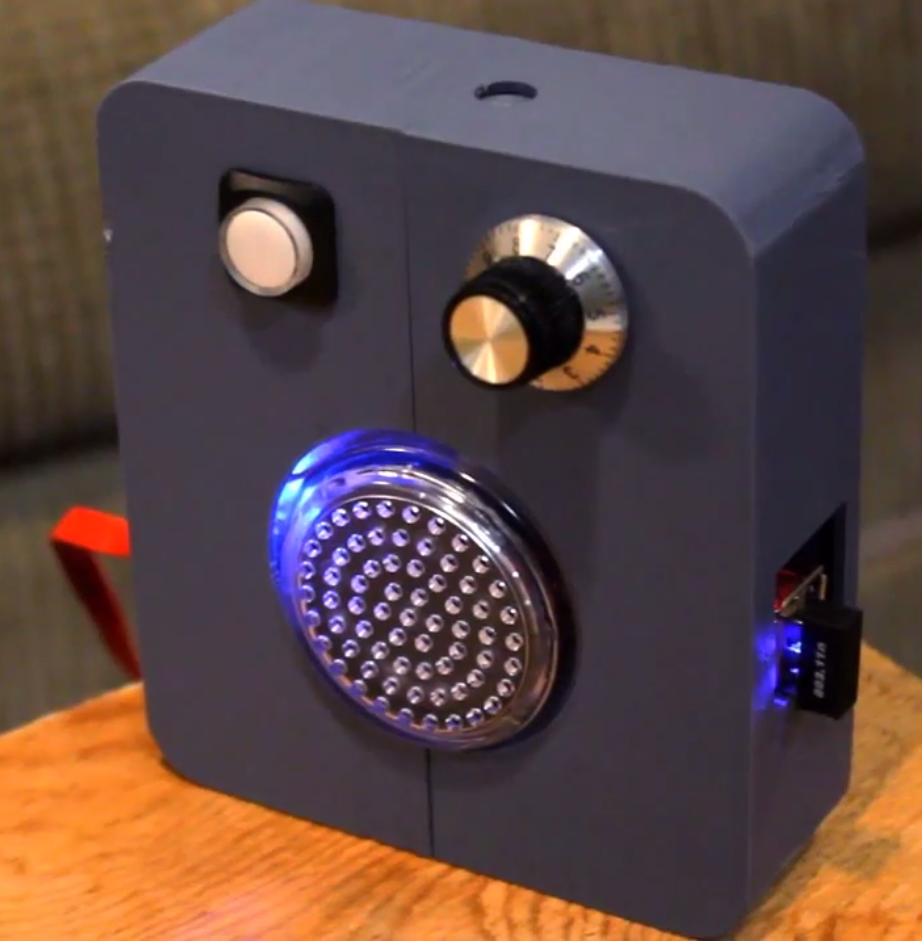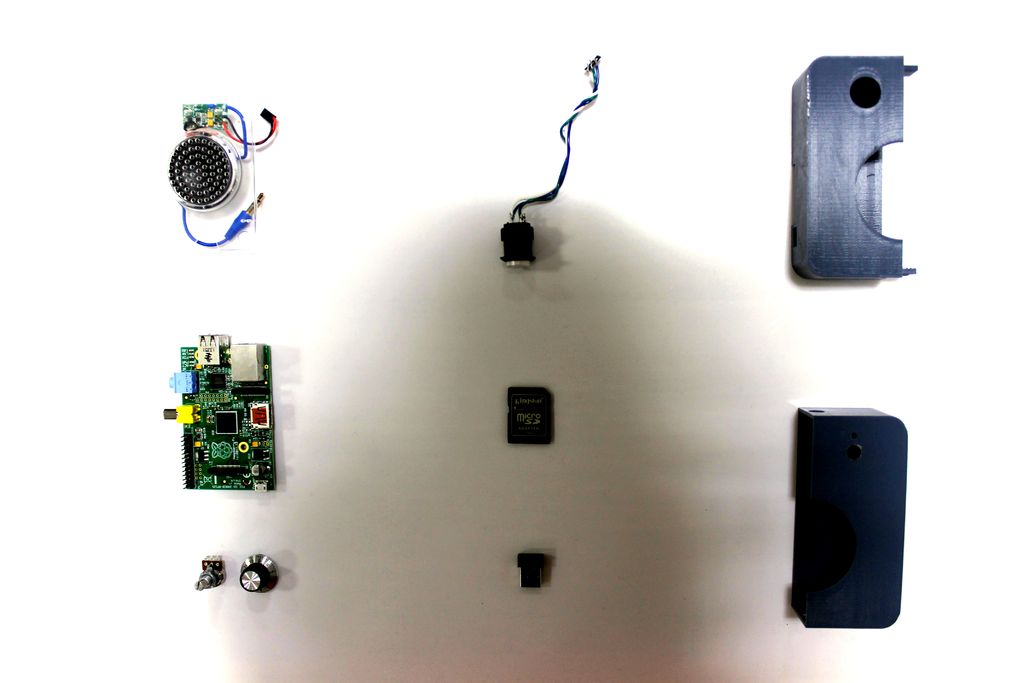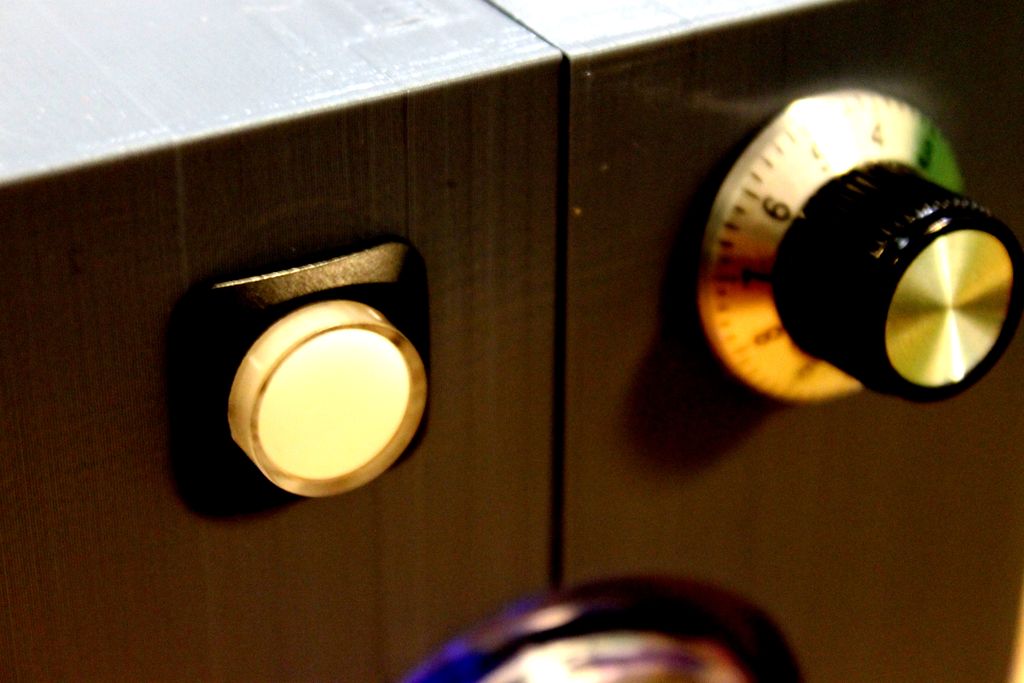I will never underestimate the ability of Makers to create really awesome devices to perform tasks that mass manufacturers have already built products to do. Some of you youngsters may not remember, because we live in a world where most people use their cell phones to wake up now, but, in the olden days – back when we only had 100 TV channels and a gigabyte was still a lot of memory – people used clock radios to wake themselves up in the morning, gently using the smooth tunes of their local easy listening stations. Or hard metal. It depended on the length of your hair, how much party was in the back and how much business was in the front. There is a sliding scale somewhere I’m sure. Now, one Maker has taken that mass-produced product and built his own version.
Well, Raspdio is an Internet-connected radio that uses a Maker’s best friend, the Raspberry Pi, to hit up a Google Doc spreadsheet to retrieve it’s operating instructions. Using some simple code, you can program music to stop and start at specific times and play for pre-determined periods of time. You can also program it to gently – or not so gently – increase the volume of the music to induce consciousness while the listener awakes. Or inversely, reduce volume to encourage a peaceful nights sleep.
You can watch a brief video of the Raspdio creators talking about the project:
The entire build process is included in an Instructable that will walk you through every step of the process. If you want to build your own, you will need a few components and, of course, a 3D printer to create the enclosure. The Instructable has a complete parts list and detailed coding instructions.
There really isn’t a lot to this Instructable, but it’s a great project for beginning Makers that covers a lot of the basics, including wiring, coding and 3D printing. It is even a great way to teach 3D modeling because if you substitute any parts in your build you may need to adjust the STL files to accommodate different sized and shaped parts.
The files should print on any 3D printer and are small enough to fit on almost any desktop model. There shouldn’t be any need to print the case in a material other than PLA because it is a pretty easy print that doesn’t need any support structures. But there isn’t any reason it couldn’t be printed out of ABS, nylon or, if you want to have even more fun,WoodFill with a nice stain to yield the same color as an old timey radio.
Raspdio was created by Instructable member Univership, a group that encourages participants to design their own educational products using available resources on the Internet. They have included all of the code required to program the Raspberry Pi, the complete Google spreadsheet, and 3D printable files in their Instructable. You can find out more about Univership on their website.





